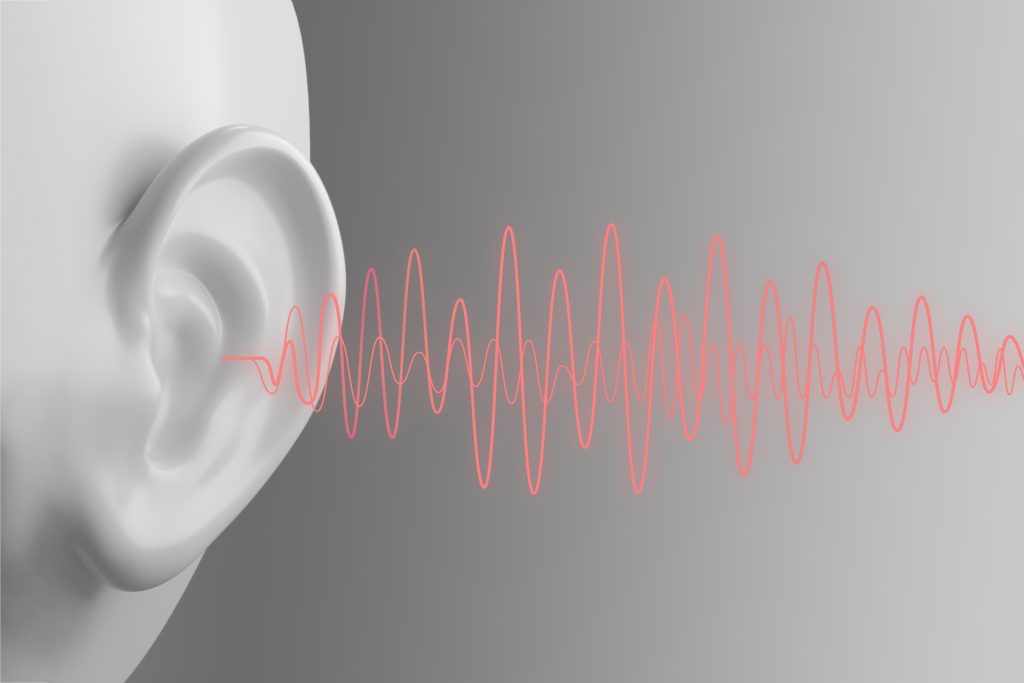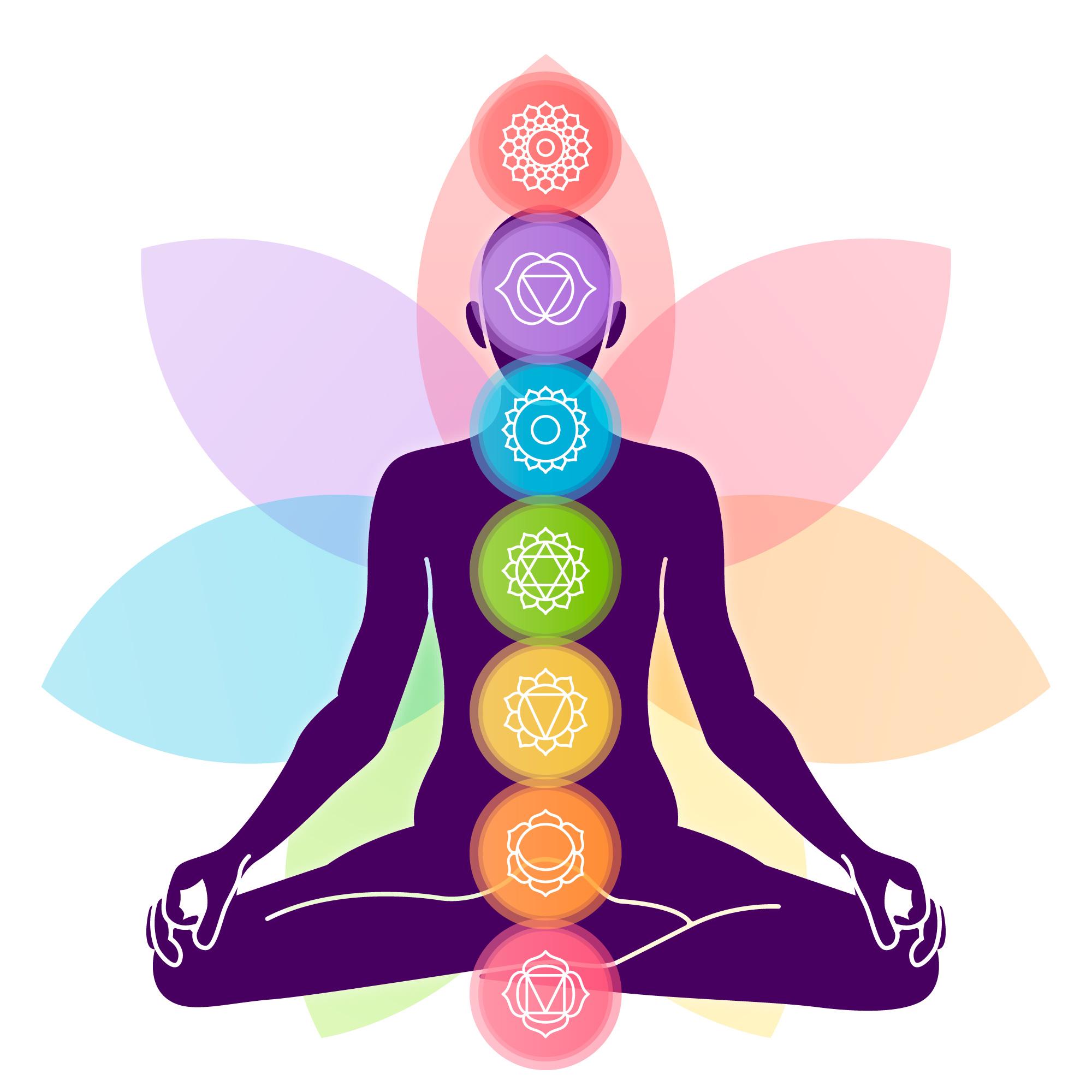In the realm of sound and music, the concept of frequency holds a unique fascination. One such frequency that has garnered attention in recent years is 432 Hz, touted by many as a powerful and harmonious alternative to the conventional 440 Hz tuning. While its significance is often surrounded by mystique and conjecture, the history and science behind 432 Hz provide an intriguing backdrop.
A brief recap of 440 Hz, 432 Hz, and the Solfeggio Frequencies
The music we all know and love here in the west tunes our A4 to 440 Hz. Hertz being the “pitch” of the note. Almost every single song you can think of is tuned this way using a 12 step scale. If you are a musician there is a chance you have been trained by “ear” or trained to know these 12 steps like the back of your hand. When we re-tune our A4 to different frequencies, that shifts the 12 steps ever so slightly in pitch. In recent years, tuning A4 to 432 Hz has become more popular in New Age and Holistic healing communities. We will delve deeper as to why this is. The important thing to note is 432 Hz’s relationship to the Solfeggio Frequencies. If you didn’t know, the Solfeggio Frequencies are a set of specific tones that do not traditionally lie within the universal A4 440 Hz 12 step scale. Solfeggio Frequencies were used way back in medieval times, and have been rediscovered and studied to prove their mental and physical benefits. Such as DNA healing, stress reducing, and much more. 432 Hz’s relationship to the Solfeggio Frequencies is simple: there is none! Let’s go deeper into the mysteries that 432 Hz holds.

A Historical Resonance
The history of tuning systems dates back centuries, with various cultures experimenting with different frequencies for musical instruments. In the modern context, the standard tuning for music was established at 440 Hz during the 20th century. However, proponents of 432 Hz suggest that it has historical roots, linking it to ancient civilizations and their understanding of harmony with nature. Some even speculate that 432 Hz was utilized by ancient Greek and Egyptian cultures due to its purported alignment with cosmic frequencies.

The Schumann Resonance Connection
Here is where things get really interesting. One captivating scientific link to 432 Hz is the Schumann Resonance. Named after German physicist Winfried Otto Schumann, this is the Earth’s natural electromagnetic frequency. The Schumann Resonance measures around 7.83 Hz, and interestingly, proponents of 432 Hz point out that when this frequency is multiplied by 55 (an octave of 432), it closely aligns with 432 Hz. This connection has led to suggestions that 432 Hz could have a harmonic relationship with the Earth’s natural frequencies, potentially enhancing its resonance with living beings.

The Science Behind the Sound
From a scientific standpoint, the preference for 432 Hz is often tied to its potential resonance with the natural world. Proponents of this frequency argue that it resonates with the vibrations found in nature, promoting a sense of calmness and balance. Some studies have explored the impact of different frequencies on water molecules and plants, with proponents suggesting that 432 Hz can have a positive influence on these living entities. However, it’s important to note that the scientific consensus on these claims is not yet firmly established, and more research is needed to fully understand the effects of different frequencies on various biological systems.

Not a Solfeggio Frequency
While 432 Hz has gained traction as a harmonious and healing frequency, it’s crucial to dispel the misconception that it is directly related to the Solfeggio scale. The Solfeggio frequencies, often associated with healing properties, are a distinct set of tones with specific mathematical relationships. These frequencies are deeply rooted in a numerical sequence, unlike the arbitrary choice of 432 Hz as a tuning reference. Advocates of the Solfeggio frequencies typically emphasize their historical and spiritual significance, whereas 432 Hz is approached from a more contemporary perspective, focusing on its potential physiological and psychological effects.

In conclusion, the allure of 432 Hz lies in its historical context, potential resonance with natural frequencies like the Schumann Resonance, and its perceived impact on the human experience. While scientific understanding of its effects remains a subject of ongoing research and debate, the fascination with this frequency persists. By delving into the history and science behind 432 Hz, we can appreciate its potential impact on our auditory experiences and explore its role in the broader tapestry of sound and music.
How can you listen to 432 Hz?
Well there are a few ways, one being finding a pure 432 Hz tone. This can be easy, as you can simply play any instrument at 432 Hz. This includes acoustic instruments such as violins, re-tuning a piano or guitar. Or, you can generate this pure tone with the help of synthesizers. Another interesting way to look at things, is re-tuning the music you are already listening to to 432 Hz. HZP is an app that allows you to re-tune music to not only 432 Hz, but also the 9 Solfeggio Frequencies. So try giving it a shot and see if any of these frequencies can help you on your healing journey.

